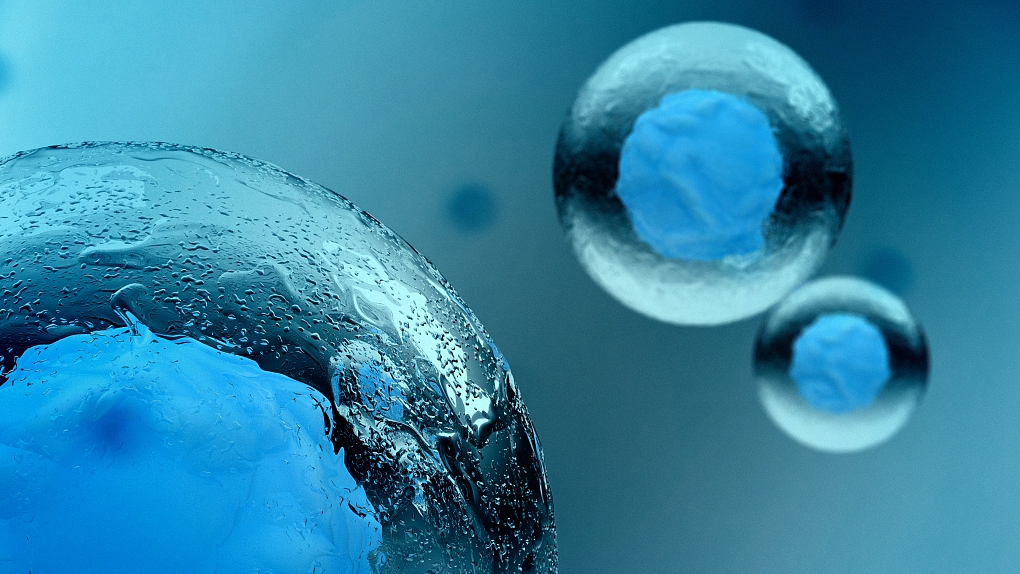

Scientists in Britain have created artificial cells that mimic biological cells to respond to a chemical change in their surroundings, which could be used to sense changes in the body, release drug molecules and remove harmful metals in the environment.
The study published on Monday in the Proceedings of the National Academy of Sciences described the first artificial cells that can sense and respond to an external chemical signal through activation of an artificial signalling pathway.
Responding to chemical changes is a crucial function of natural cells to create certain proteins. Also, chemicals are used by cells to communicate with each other.
Researchers from Imperial College London created cells that sense calcium ions and respond by glowing.
The artificial cell has smaller vesicles inside, and its edge is formed of a membrane that contains pores, which allow calcium ions to enter. Inside the cell, the calcium ions activate enzymes that can cause the vesicles to release particles that fluoresce, according to the study.
The membrane pores and the enzymes activated by calcium are from existing biological systems. For example, the enzyme is taken from bee venom. But the plug-and-play system is simpler than biological cells, and the researchers can more easily mix elements found apart in nature than they can add an external element into an existing biological system.
"We created a truncated version of a pathway found in nature, using artificial cells and elements from different natural systems to make a shorter, more efficient pathway that produces the same results," said the paper's first author James Hindley at Imperial College London.
Hindley said the system may be developed to sense cancer markers and synthesise a drug within the body. Also, it can be used to sense dangerous heavy metals in the environment and release selective sponges to clean them up.
(Top image via VCG)

Copyright © 2018 CGTN. Beijing ICP prepared NO.16065310-3
Copyright © 2018 CGTN. Beijing ICP prepared NO.16065310-3